With over 200 armoured vehicles on permanent display, and another 680 in its inventory, the Musée des Blindés Saumur, has the largest collection of armoured vehicles in the world*.
It’s been on my list of museums to visit for some time and I wasn’t disappointed.

Its roots were laid at the end of WW2 when the French armoured vehicle manufacturer, Atelier de Construction d’Issy-Les-Moulineaux (AMX) gathered as many German vehicles as it could find, to be repaired and renovated so the army could study them. Together with other military equipment & materials they became assets used for training students at the Application School of Armoured Cavalry (EAABC). Then in 1965 the French Ministry of Defense created the Documentation Centre of Armoured Machinery (CDEB) to collect, preserve, restore, and provide for study, a wider range of both French and foreign vehicles. It became a combined military museum in 1977 and was finally opened to the public in 1987. In 1996 it moved to its current site, a former tobacco factory on the suburbs of Saumur.
The visible collection is displayed in a series of themed halls, starting at the entrance with French tanks from the 1st and 2nd World Wars. Then it’s straight into the German WW2 tanks, Italian WW2 (only 2 tanks), “Curiosities” hall (Unusual guns, gas & nuclear detection, etc), Warsaw Pact hall, Allied WW2 hall, French hall and Contemporary World hall.
There are also collections in smaller halls of engines, cutaway tanks & turrets, amphibious vehicles, and an ‘avenue of great men’ – war leaders like Patton, Montgomery, Zhukov, Rommel, Leclerc, in their command vehicles.
There is a small cinema with a rolling sequence of films (in French), and outside the museum there are a number of other armoured vehicles, pretty rusty and awaiting some TLC repair & renovation.
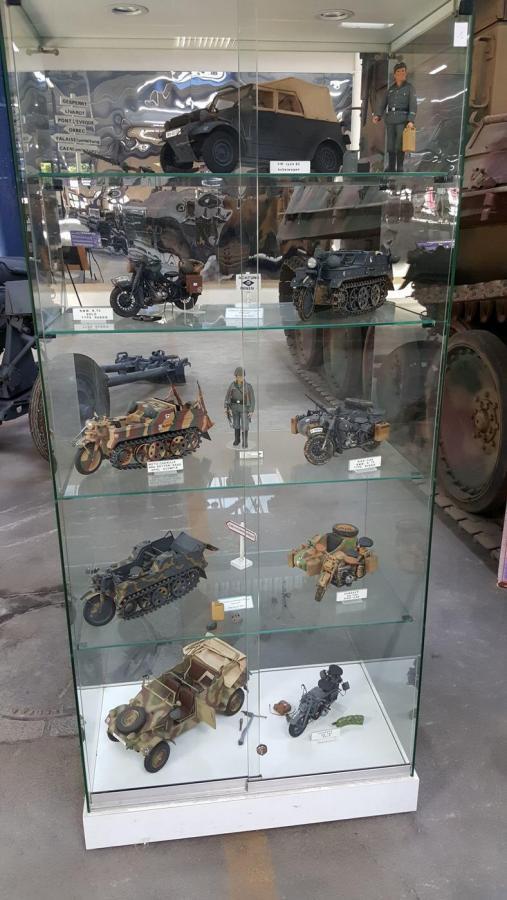
One thing I really liked (and it seems silly in a tank museum full of the real thing), were the numerous cabinet cases full of models in many of the halls. Some of the models were extraordinarily detailed – real eye-candy.
Tanks are not really practical when it comes to access. Hard to climb up, hard to climb in… so you’re strictly not allowed to! There are a couple of personnel carriers that you can get into the back of, but that’s it. If you want to know what they look like on the inside, then there are a few cutaway sections. In particular there’s a ‘naked’ Russian T-72 without its armour you can look at.
Standout tanks for me?
- Some famous tanks are cool however many times you see them: the German Tiger, Panther & Hetzer, obviously. The Russian T-34 and SU-100. The British Comet…
-
Some tanks that you know about, are just amazing when you see them for the first time: the U.S. M3 Lee Grant, or the tiny French AMX ELC, or the German Wespe SPG.
- And some things are fascinating when you’ve never seen them before: like the French high speed (115 kph) Panhard EBR scout car with its weird metal tractor wheels and oscillating turret, or the German WW2 Bergepanther, a panzer recovery vehicle used by the engineers.
Missing?
I was looking out for a Russian KV-2 or KV-5 with their great boxy turrets, and disappointed not to find one, and hoping for a rare American T-29 with its solid overhanging turret… but no luck.
Takeaways?
No, I don’t mean the shop – which is rather good BTW, and yes, I did buy a couple of things including a small model Jagdtiger (H)! – I mean what did I learn or what surprised me?
- Oscillating turrets. I hadn’t realised how keen the French were on this unusual turret concept.
-
Size. Or rather the range of sizes. Some tanks, early models and scouts, are small. So small you wonder how men managed to stay scrunched up for hours on end while being bounced around. Some tanks seem quite big close-up. And some tanks, like the British 60-ton Conqueror or the French ARL 44 are freaking huge! Contemporary main battle tanks like the Israeli Merkova 1 and the French Leclerc are also massive and seriously intimidating.
The current list of vehicles on display is here. 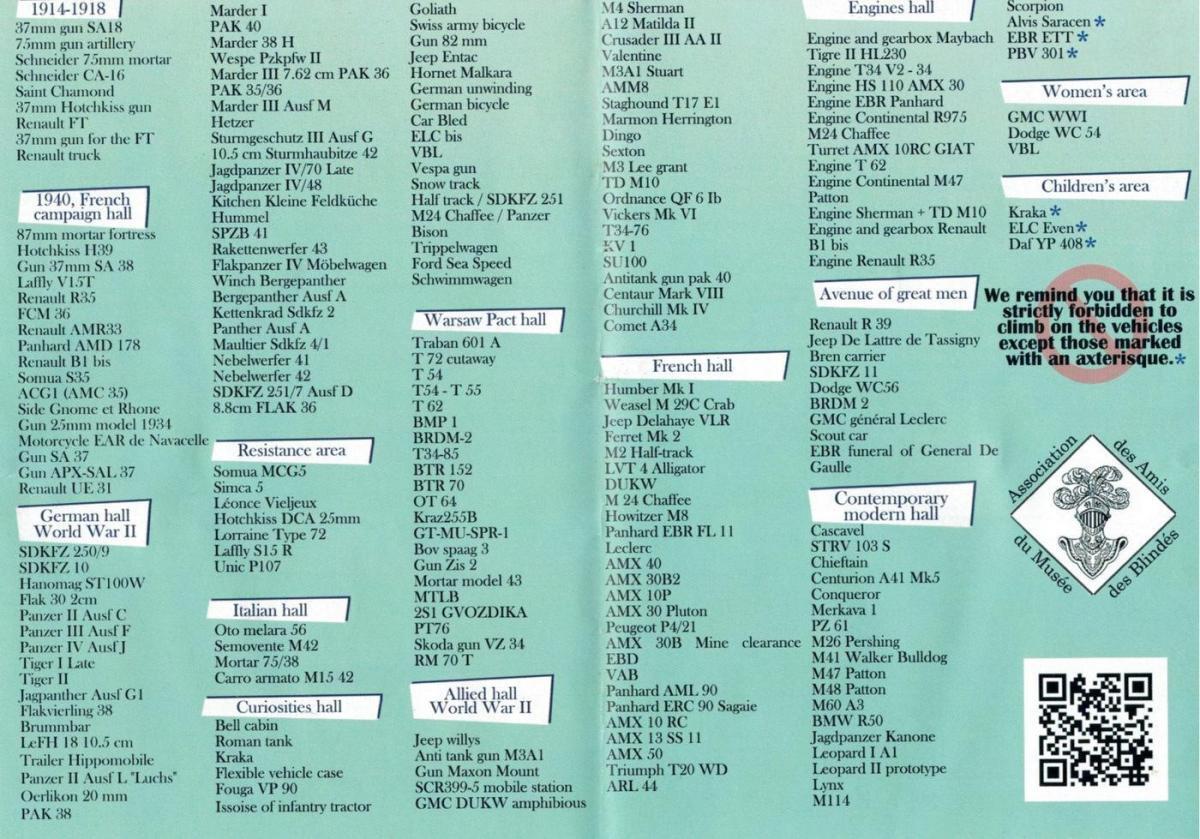
As with most museums like this, the best time to go is on a weekday morning out of school holidays. Then you get a chance to see exhibits at your own calm pace without crowds of people in the way.
* “Armoured vehicles” is not quite the same as “tanks”. It can be anything from a tow truck, to a personnel carrier, to a missile carrier, etc. The Tank Museums at Bovington and Kubinka (Moscow) probably have as many or more “tanks” on display.
Factbox
Events:
There is a small programme of events during the year when they fire up some of their exhibits and show them off. Check the diary on the website.
Getting there:
1043 route de Fontevraud, 49400 Saumur, France.
The Agglobus routes 33 & 34 run (in opposite directions) around a loop from the city centre. The nearest stop is Fricotelle. However you may find it easiest to just get a taxi.
Price:
Adults €8,00
Children (7-15) €5,00
Family ticket (2 adults + 2 children or more ) €22,00
Students, disabled visitors & ex-servicemen €6,00.
They do guided tours for groups of over 10 for €3,00 pp
Permission to take photos/videos 5,00 € Now this one is a little contentious. Some people baulk at being charged to take photos. I might if it wasn’t just a token amount, but I’m fine with it. At least it’s clear. My red line is crossed when there are restrictions on photography/video, which is unacceptable in 2016+.
Opening Hours:
All year round, including bank holidays, except 25 Dec & 01 Jan
In July & August: Every day from 9:30am to 6:30pm
In May, June and September: Every day from 10am to 6pm
In January, February, March, April, October, November and December: Monday-Friday from 10am to 5pm.
(Last admissions 1 hour before closure.)
They reckon the average length of visit is 1½ to 2 hours, but I was there happily for just over 2½ hours.





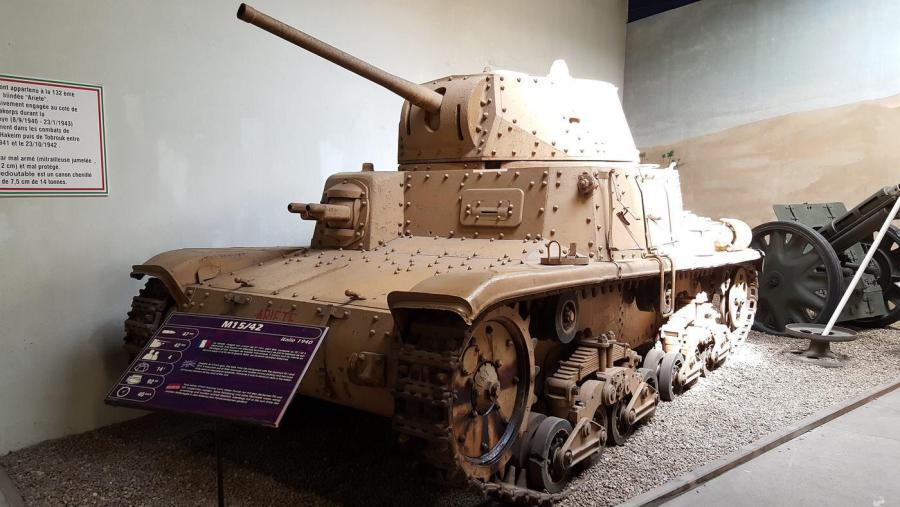

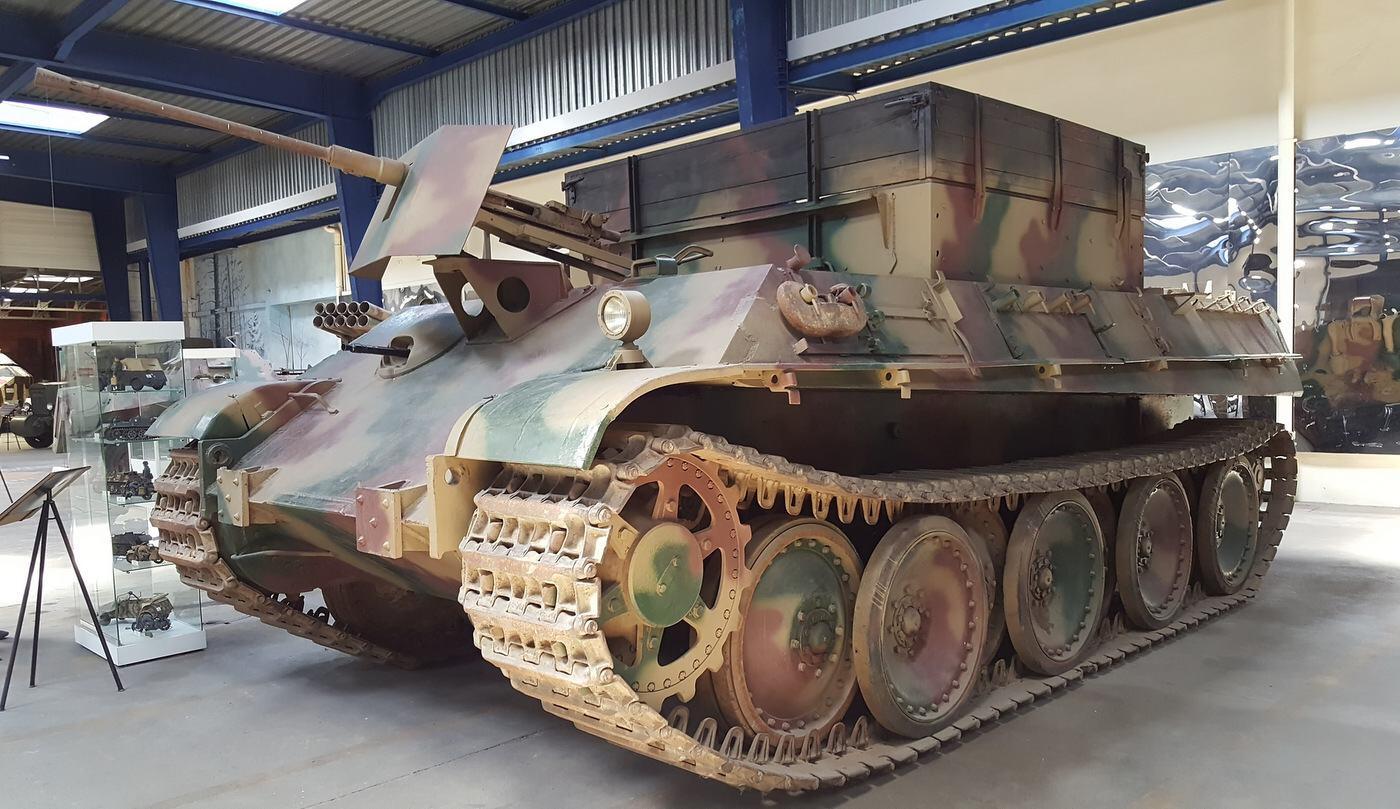
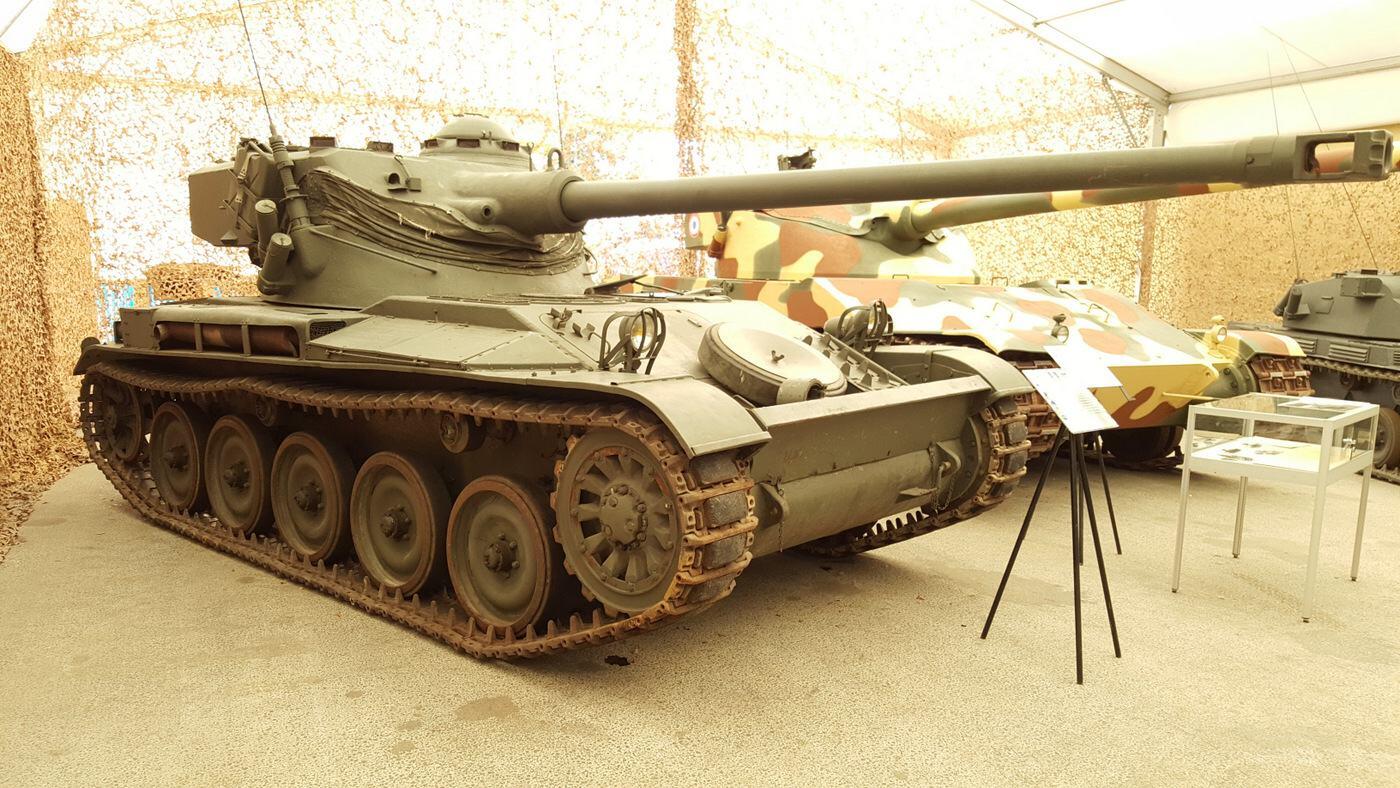
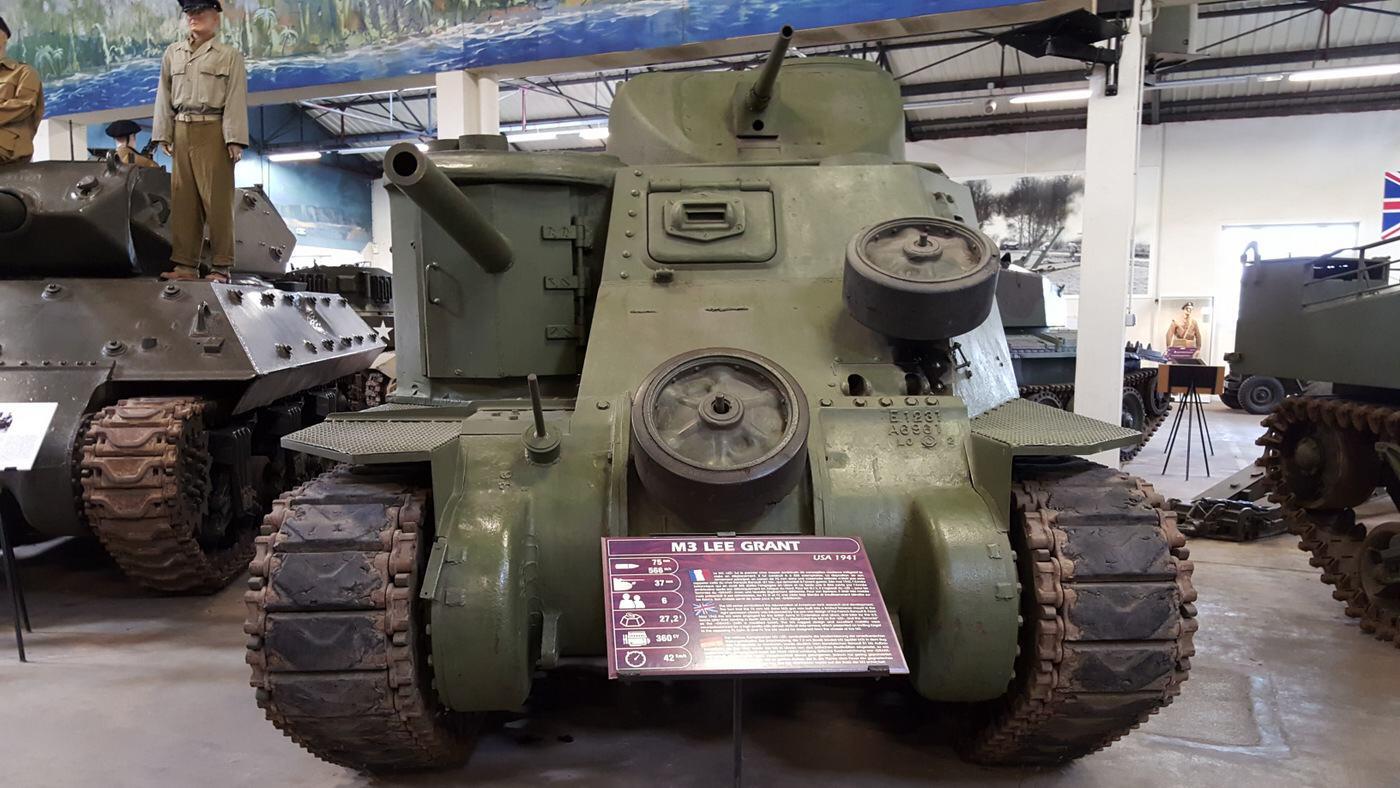
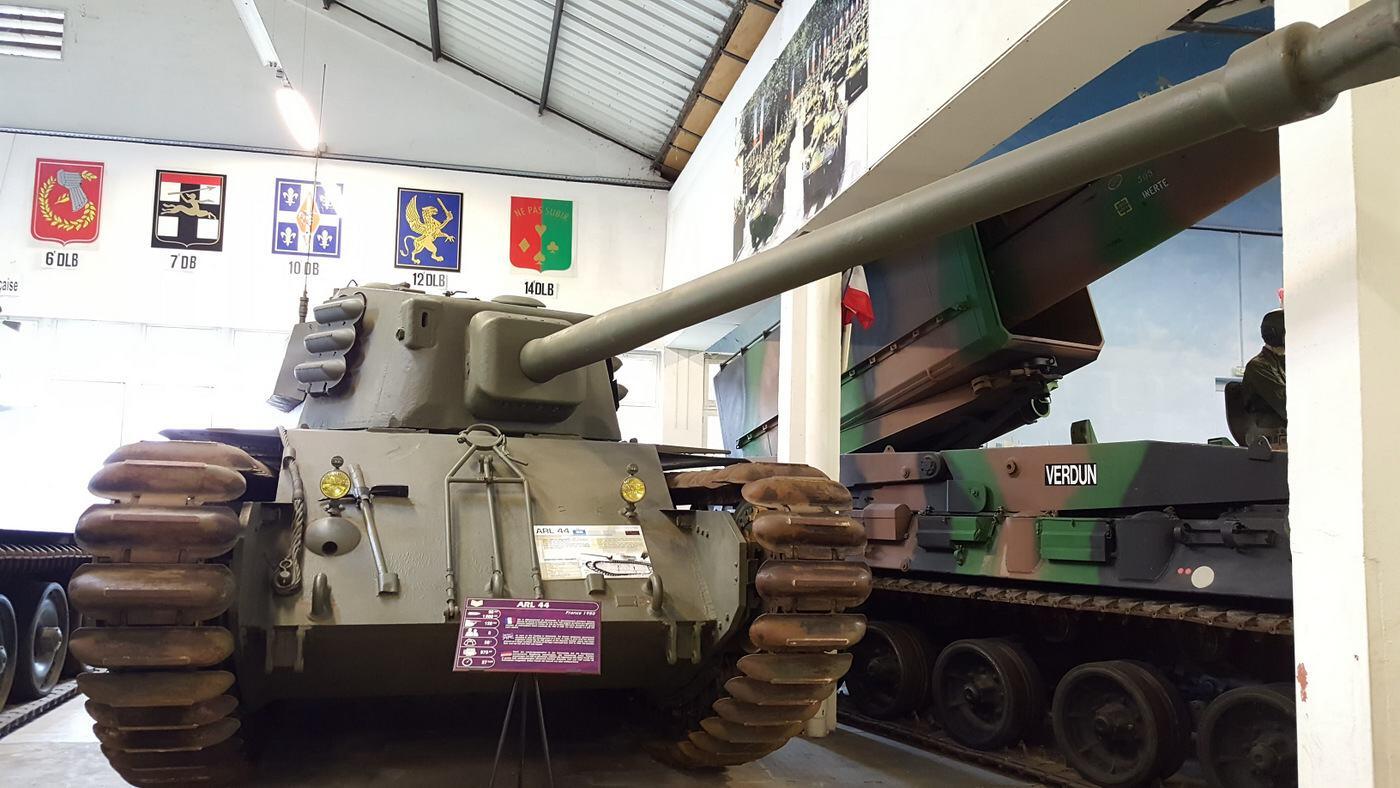
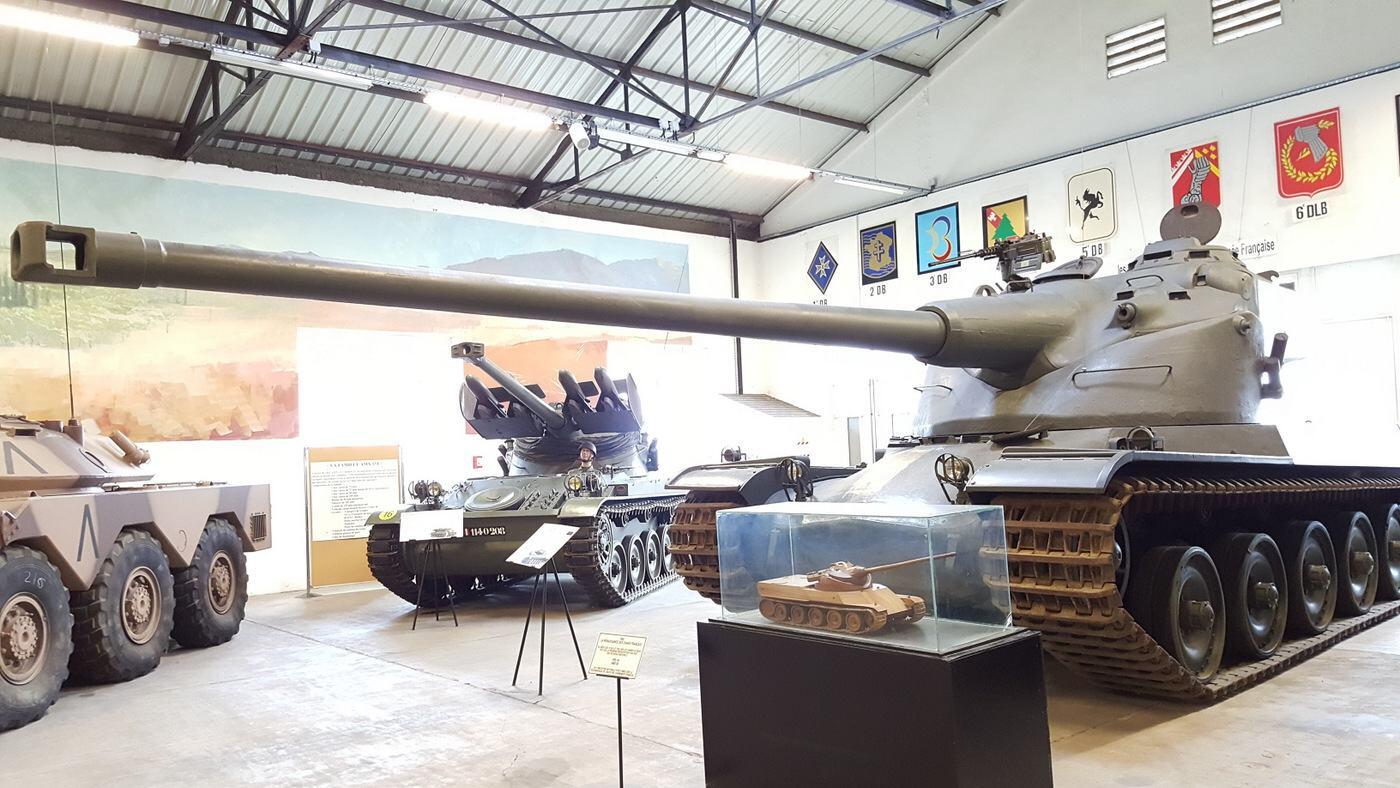
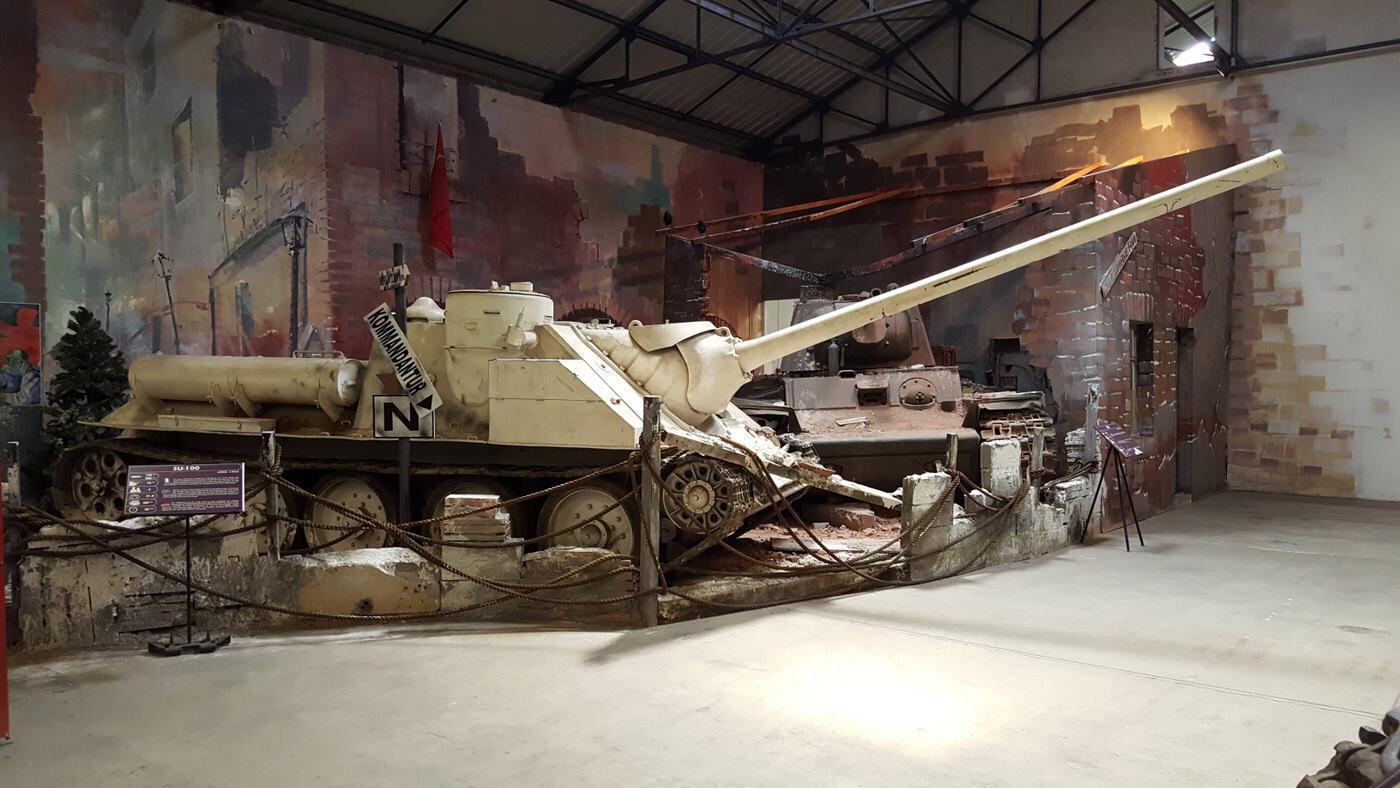

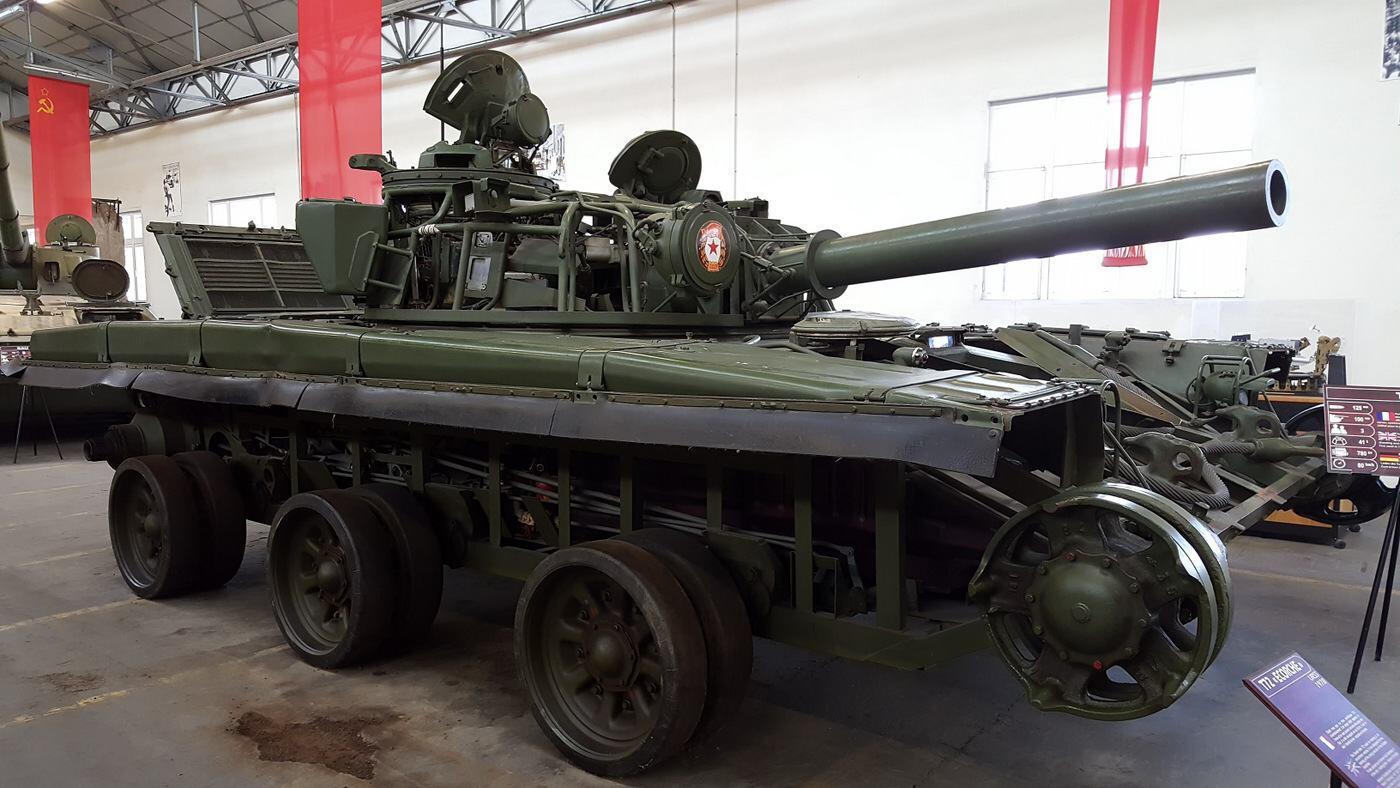
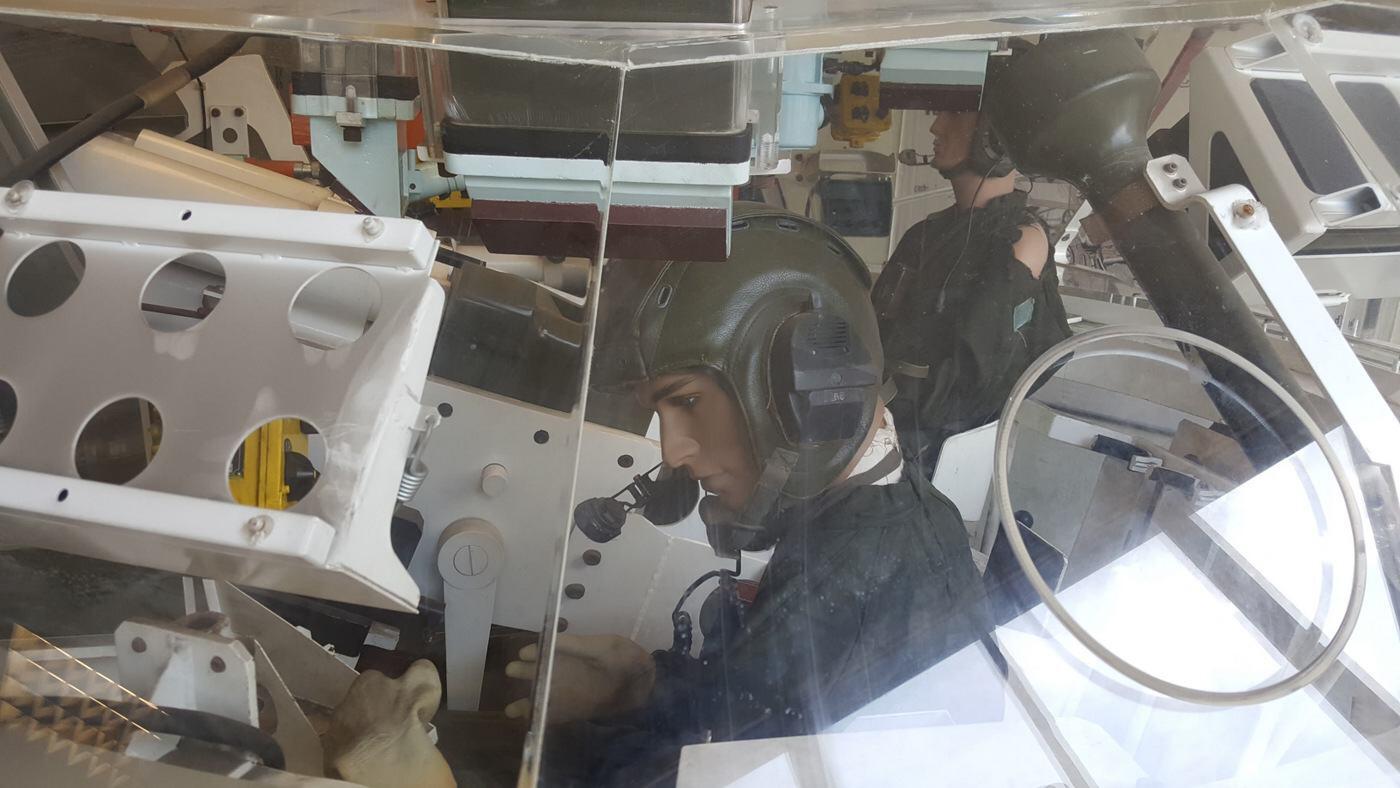
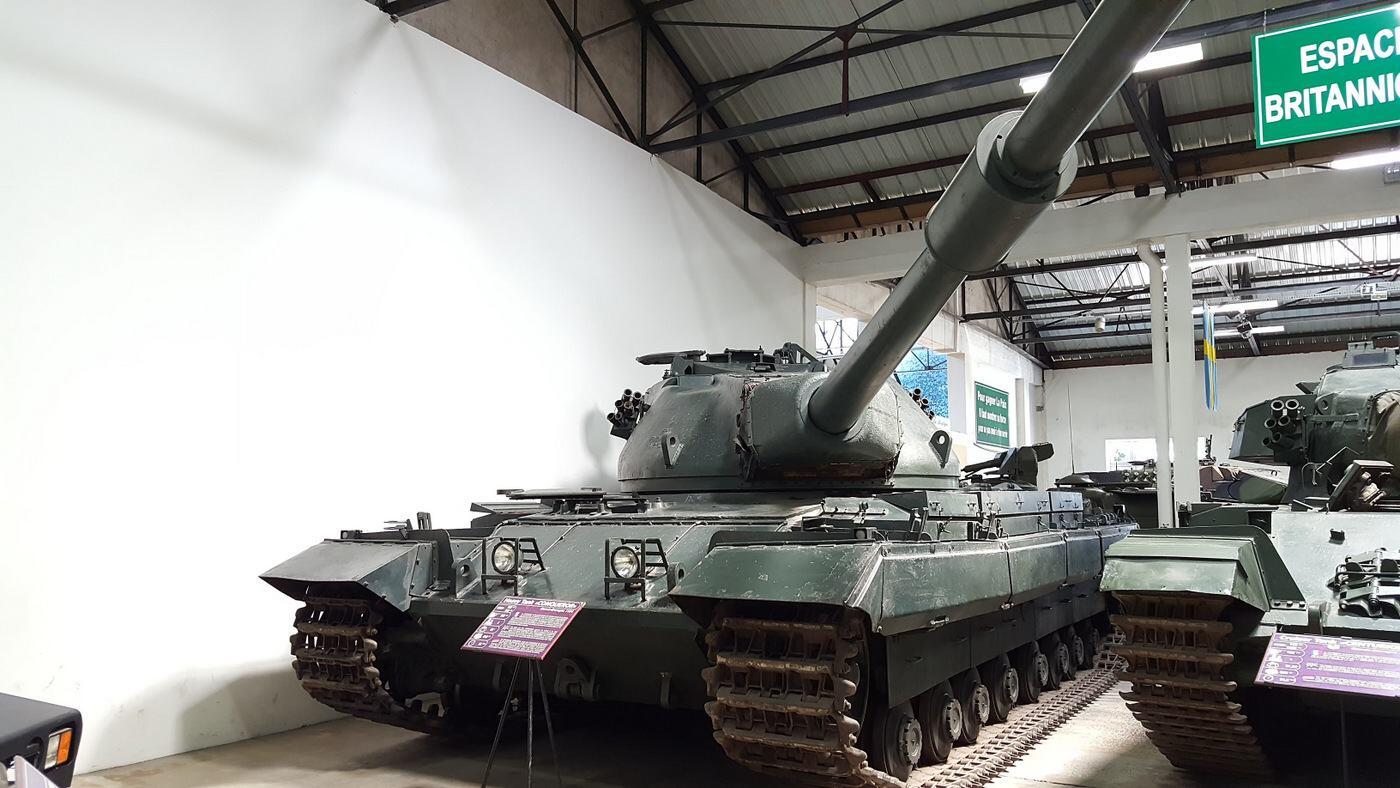
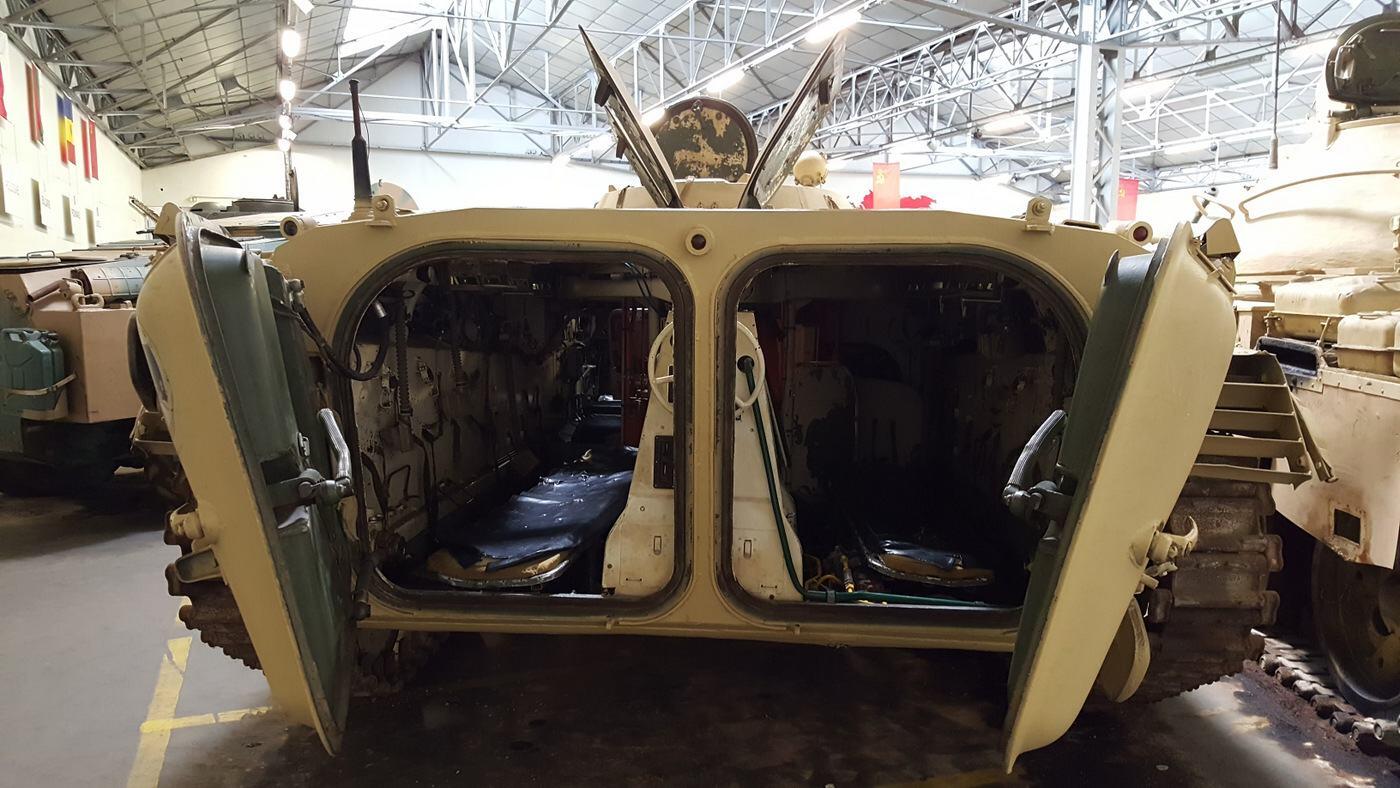
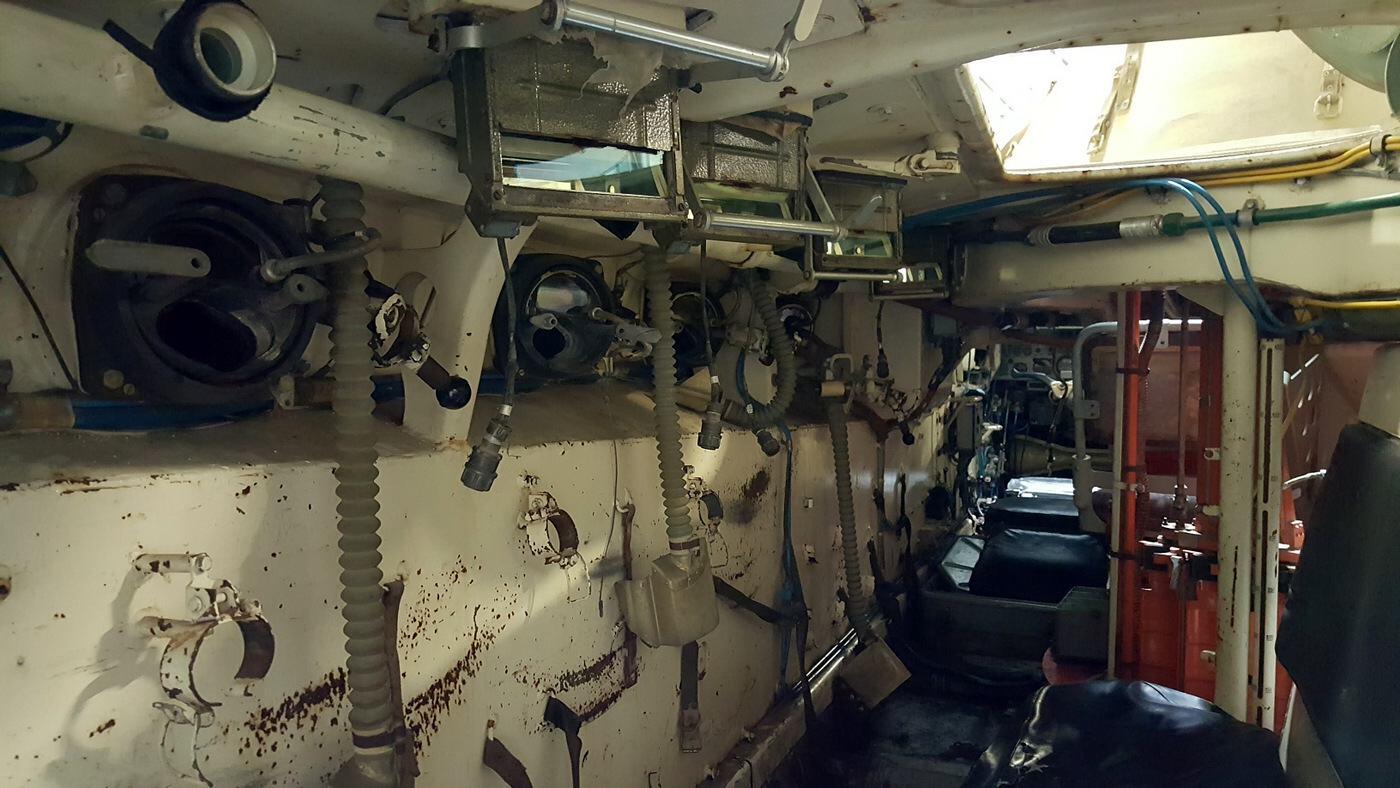



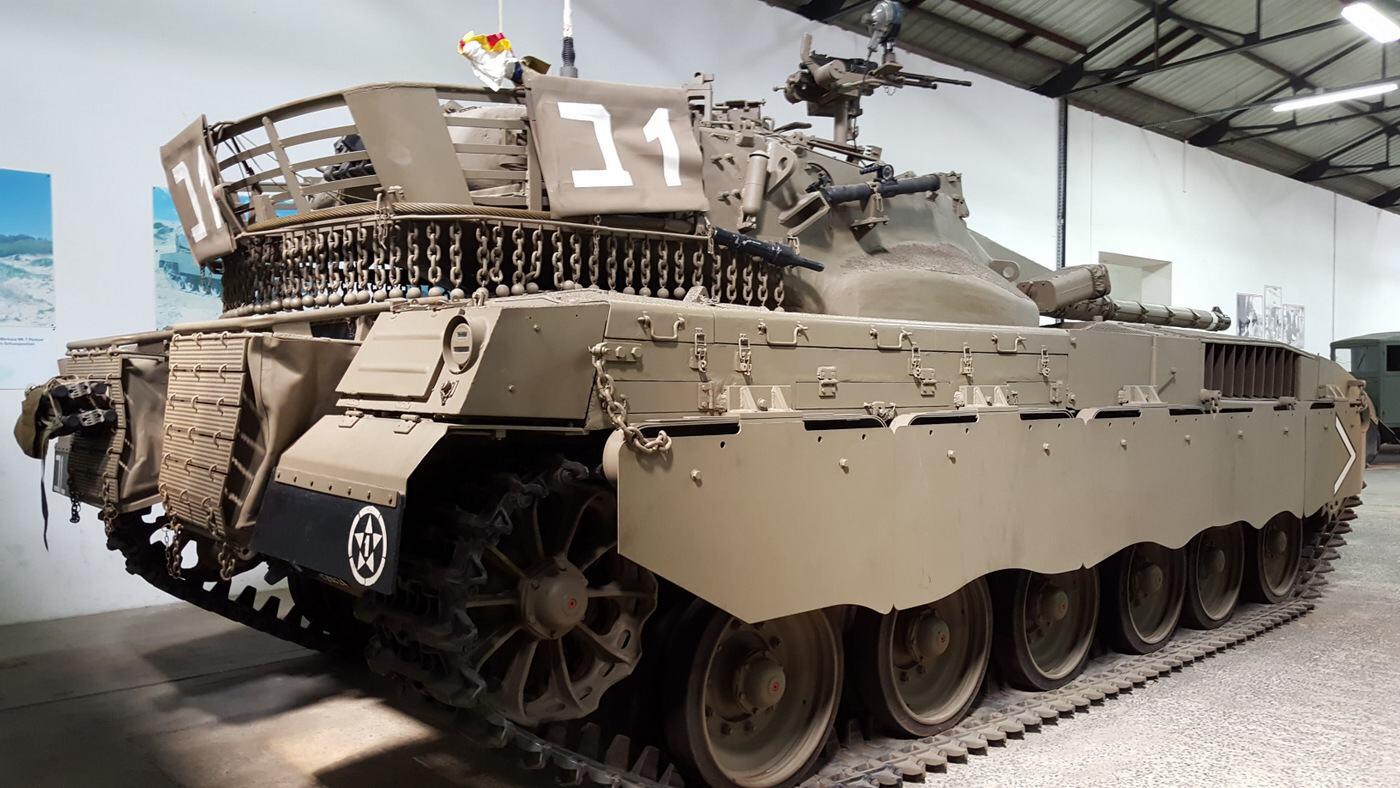
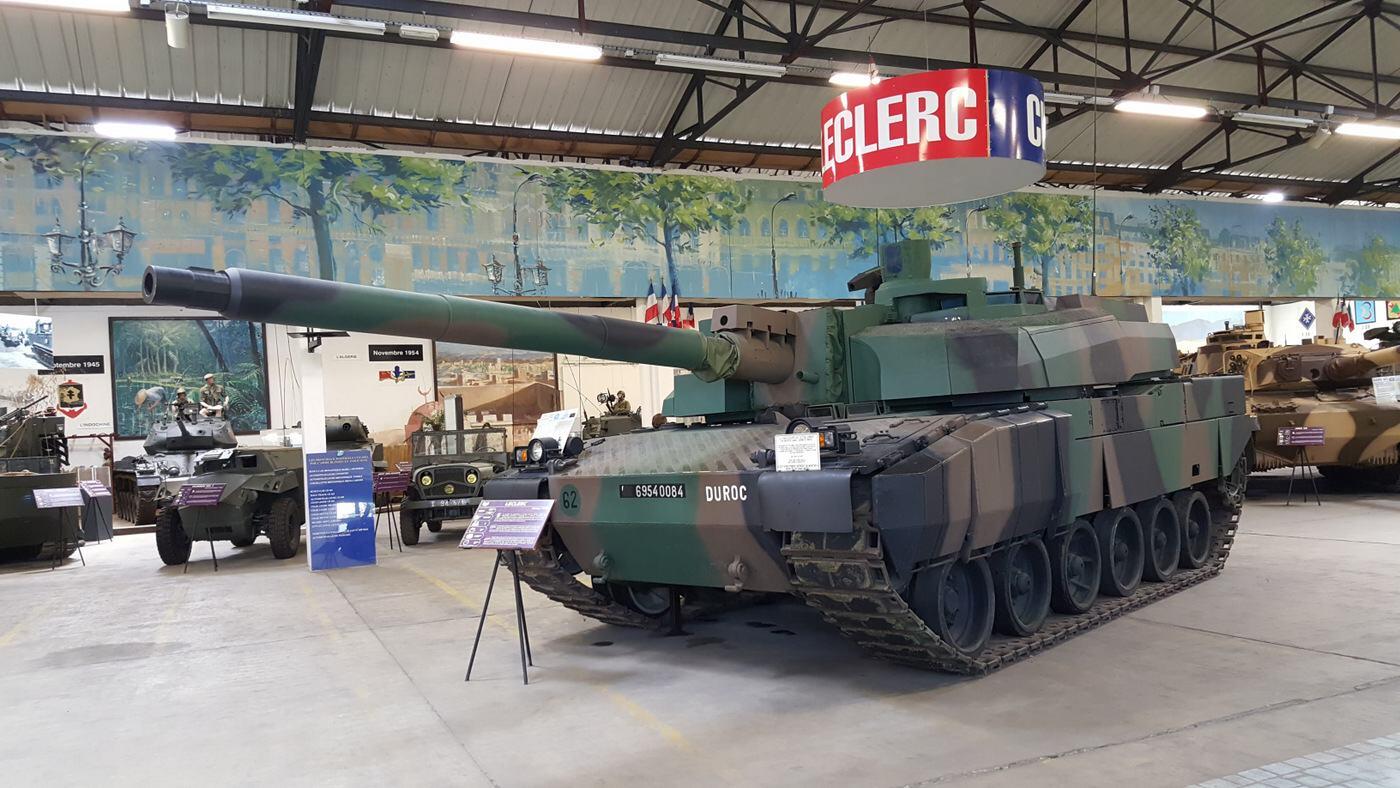
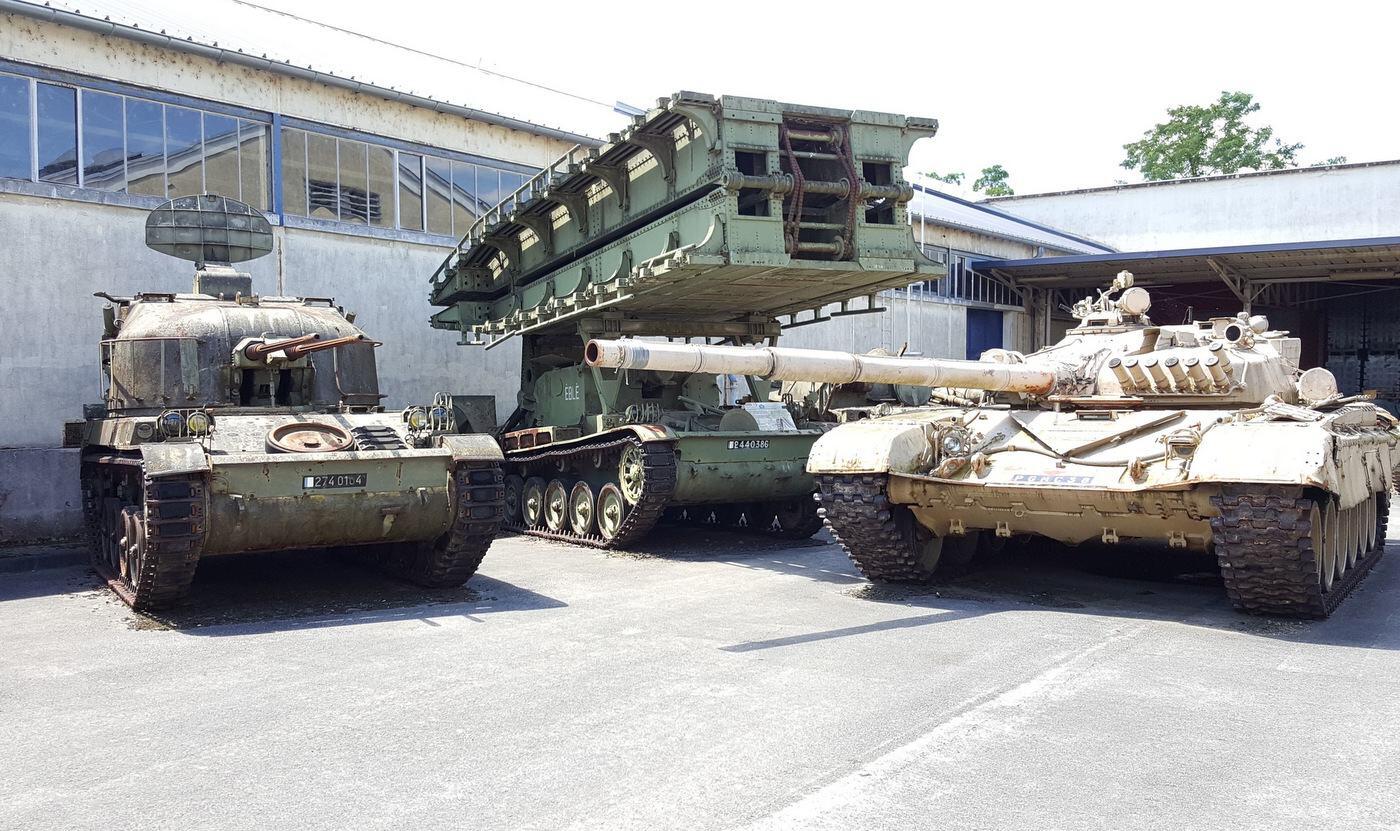




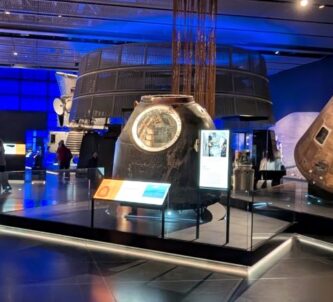
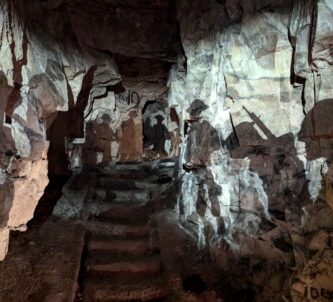

Sounds great. Is this the best tank museum in France?